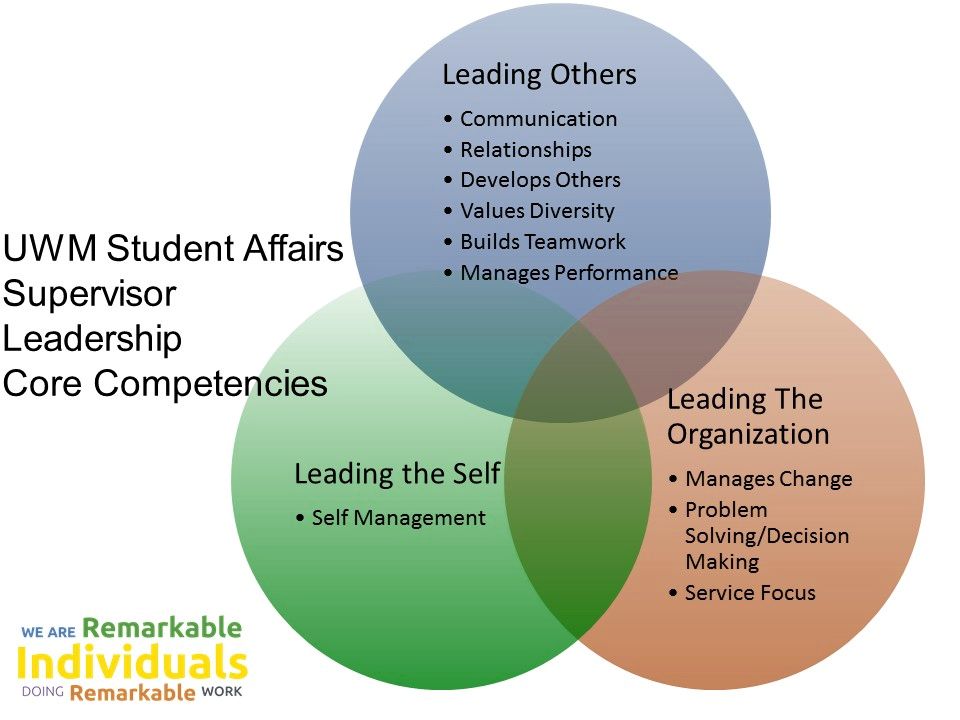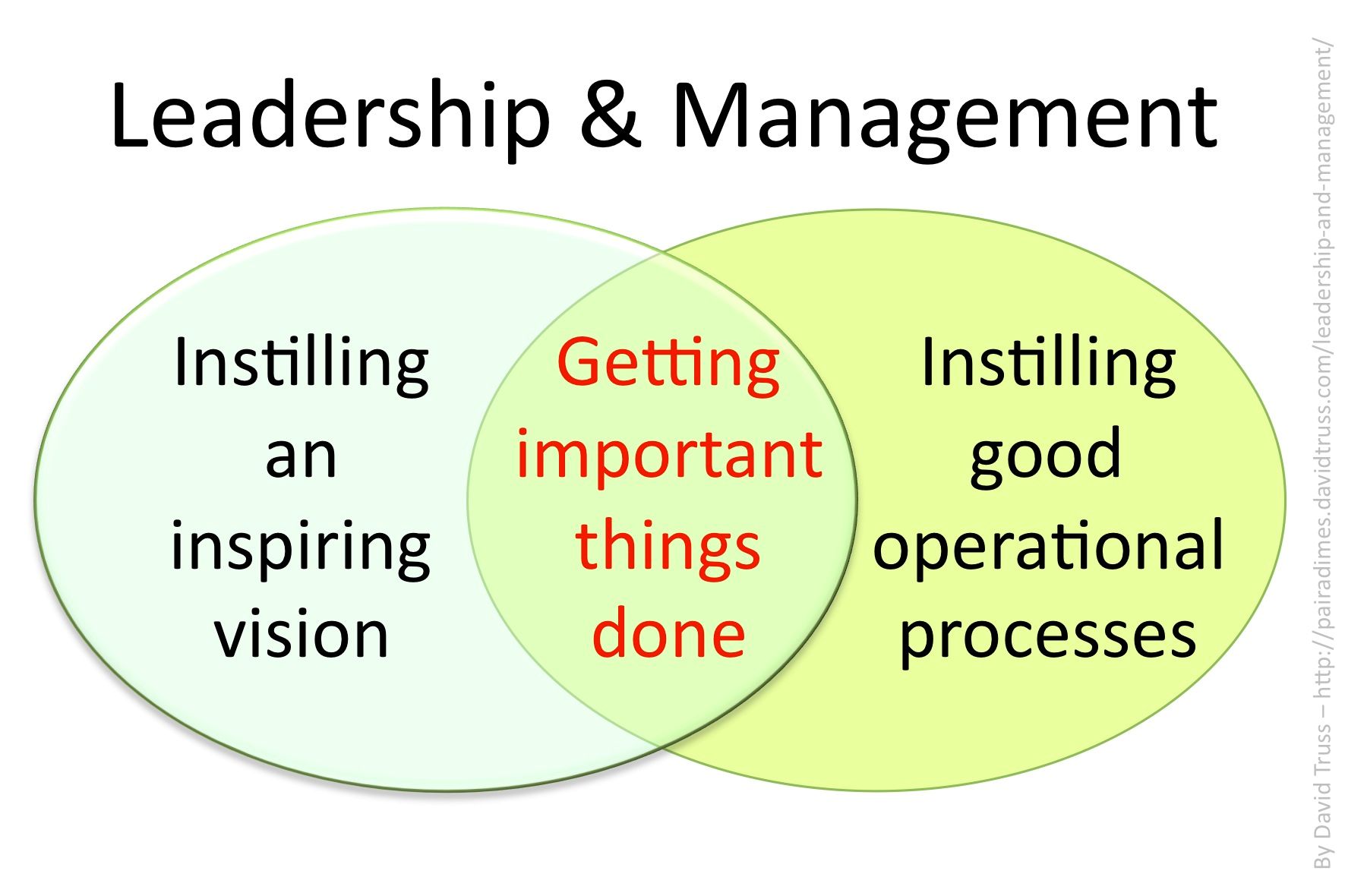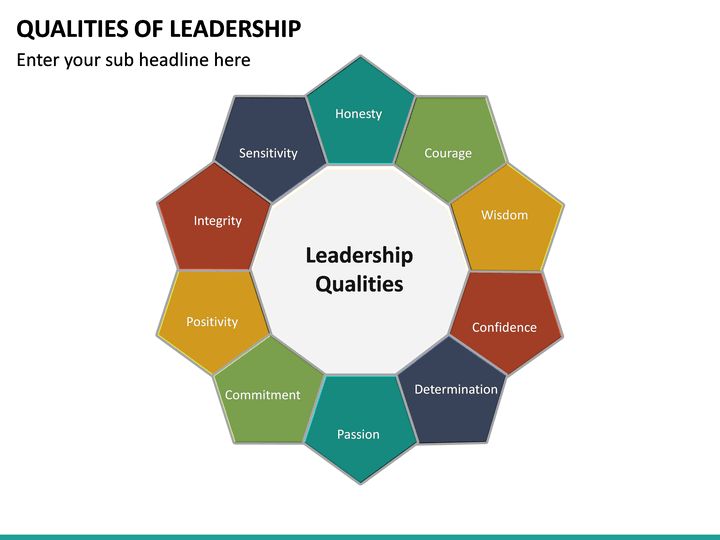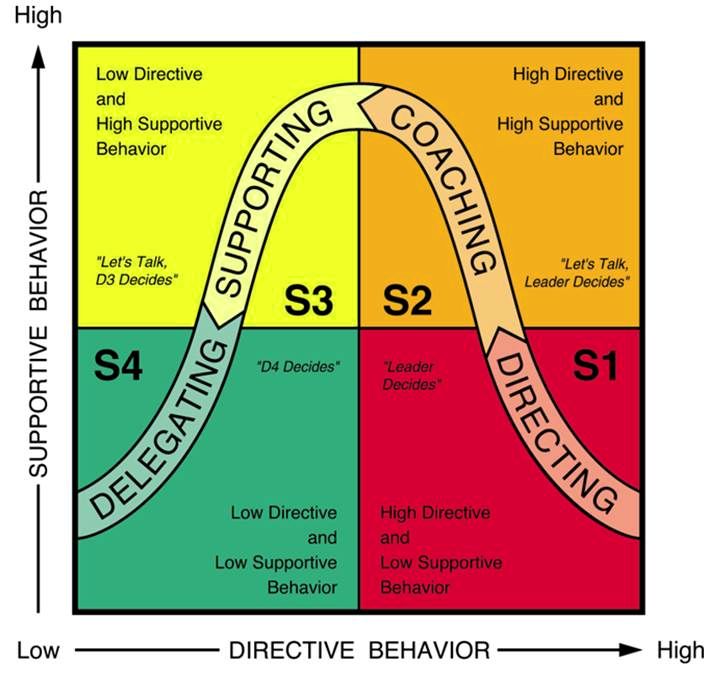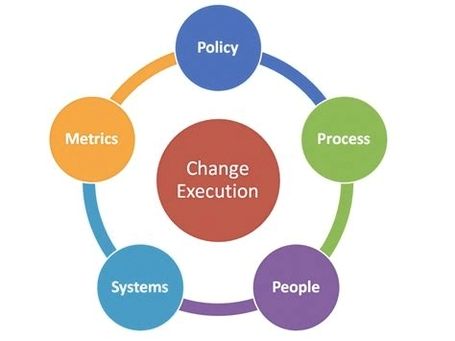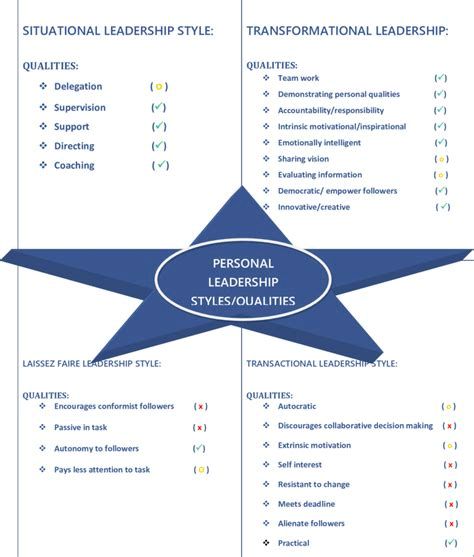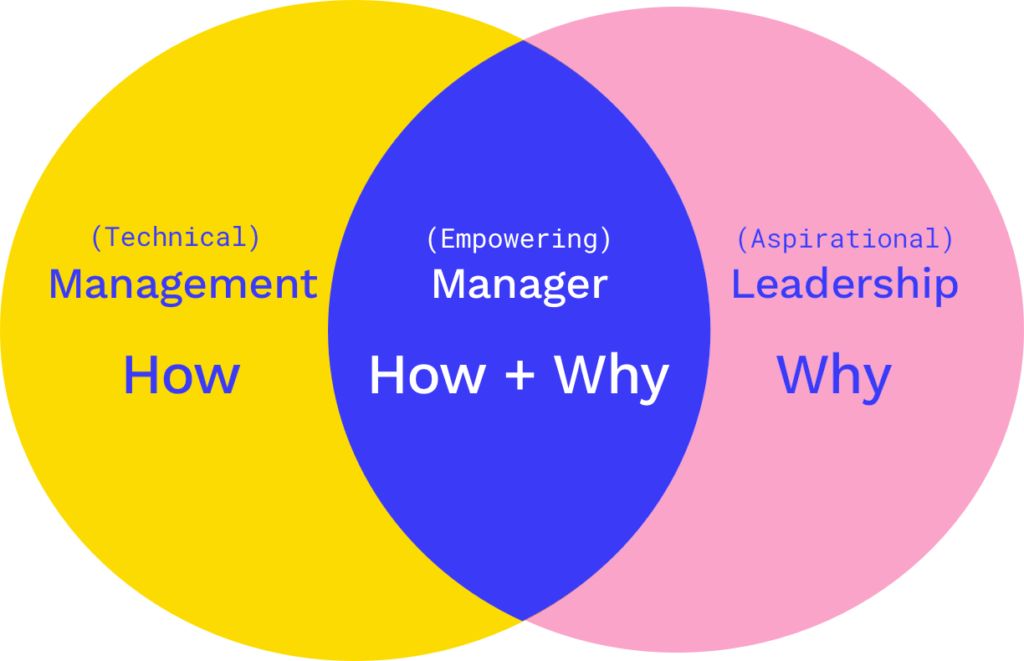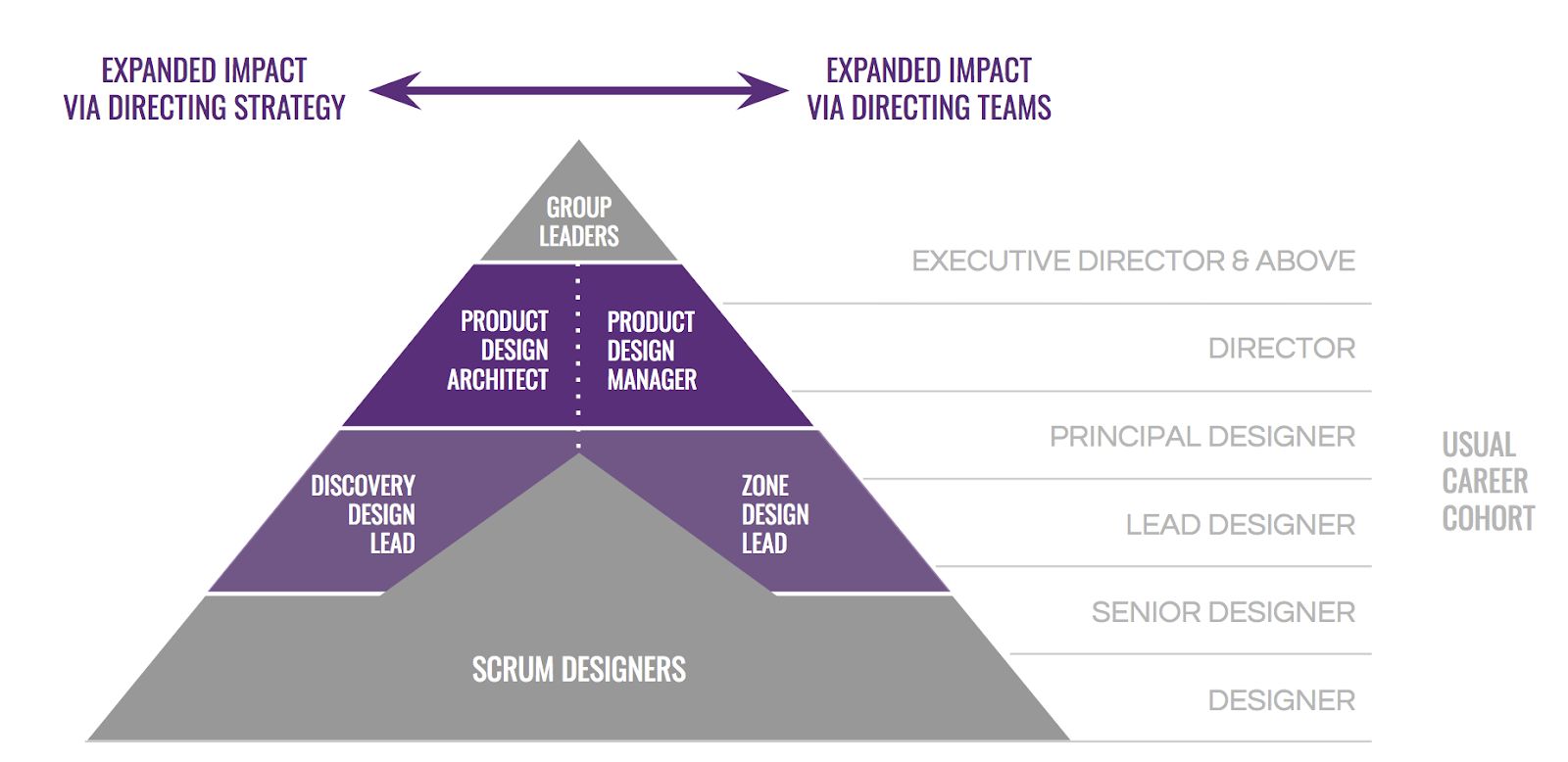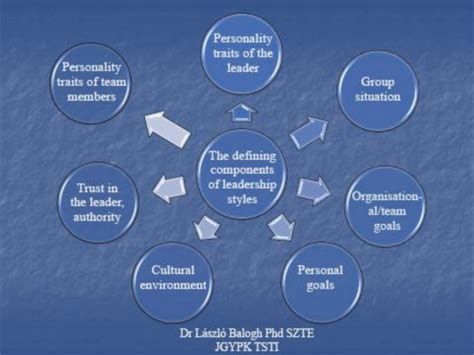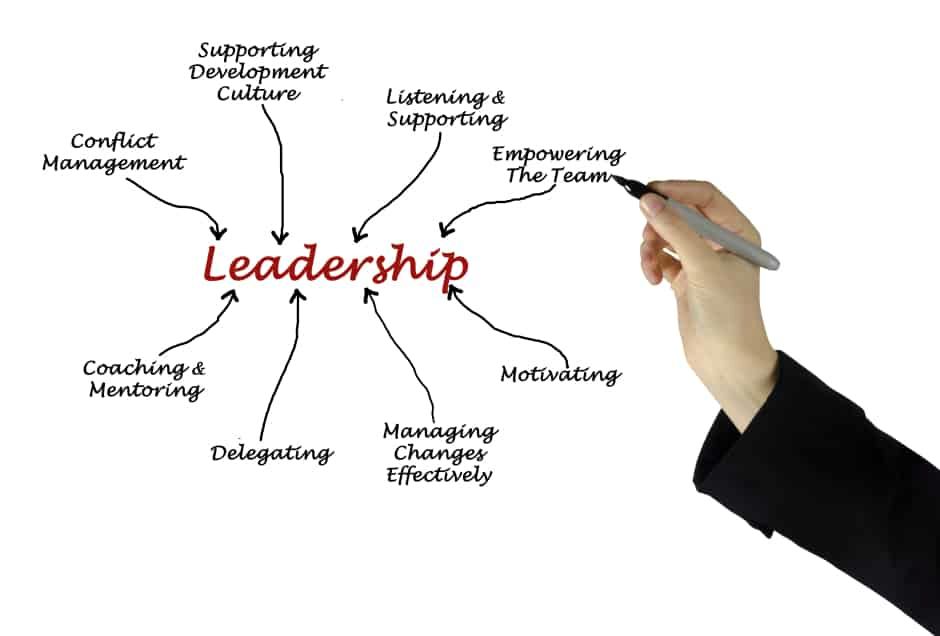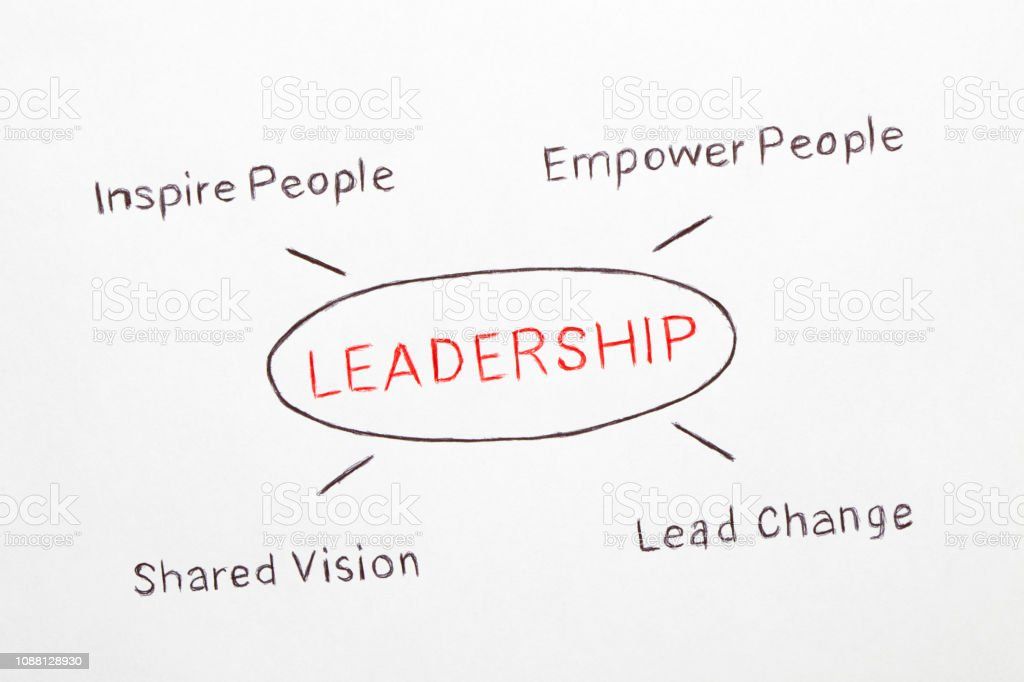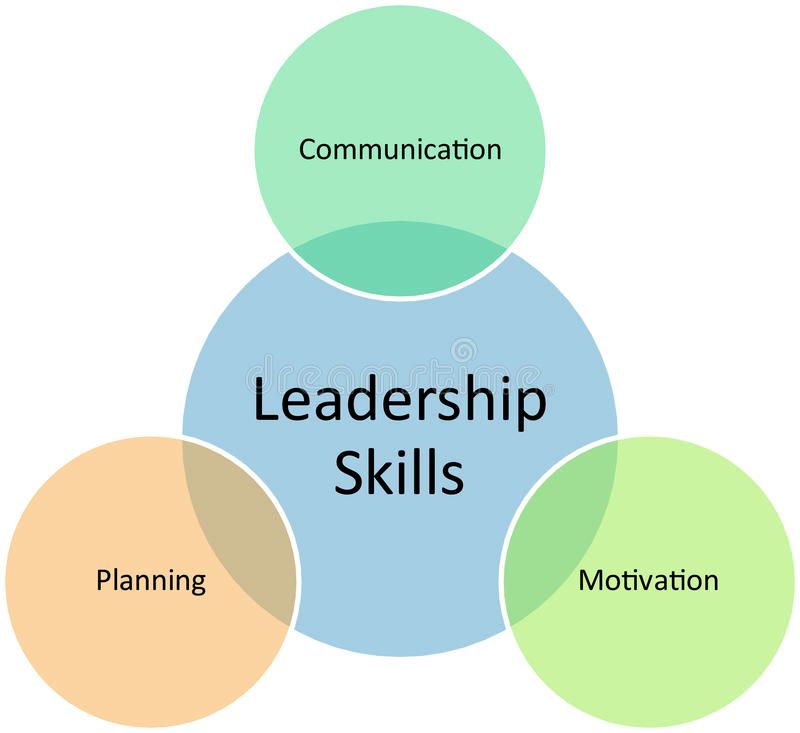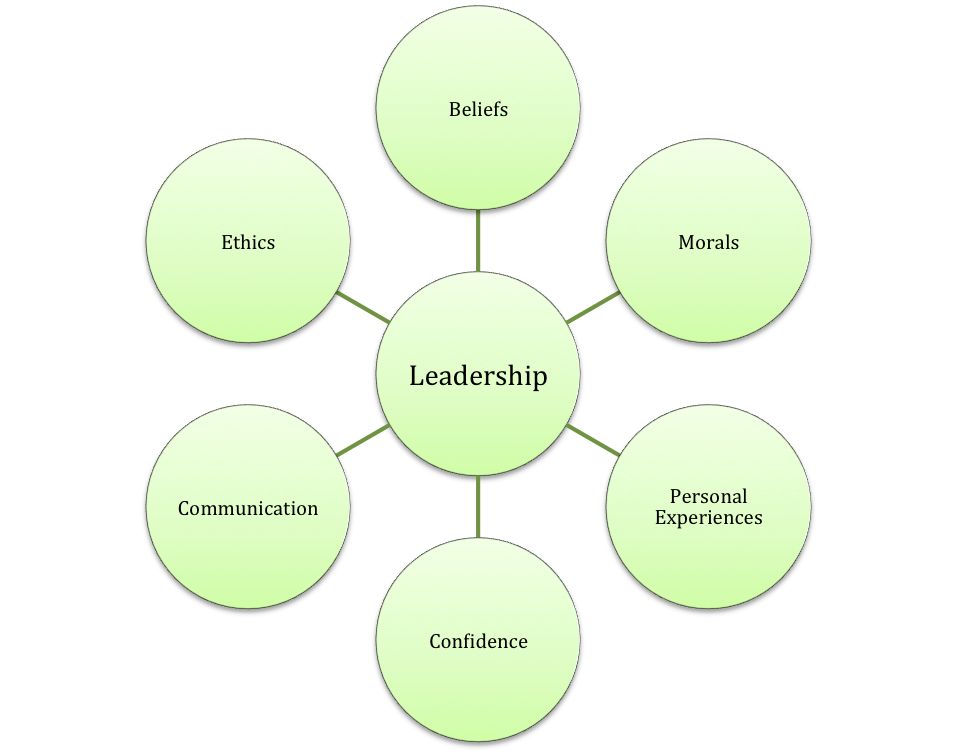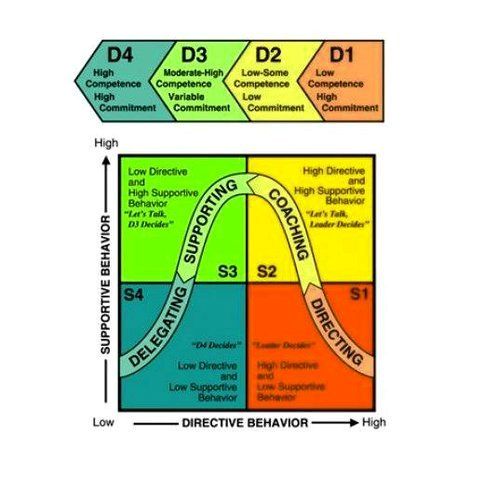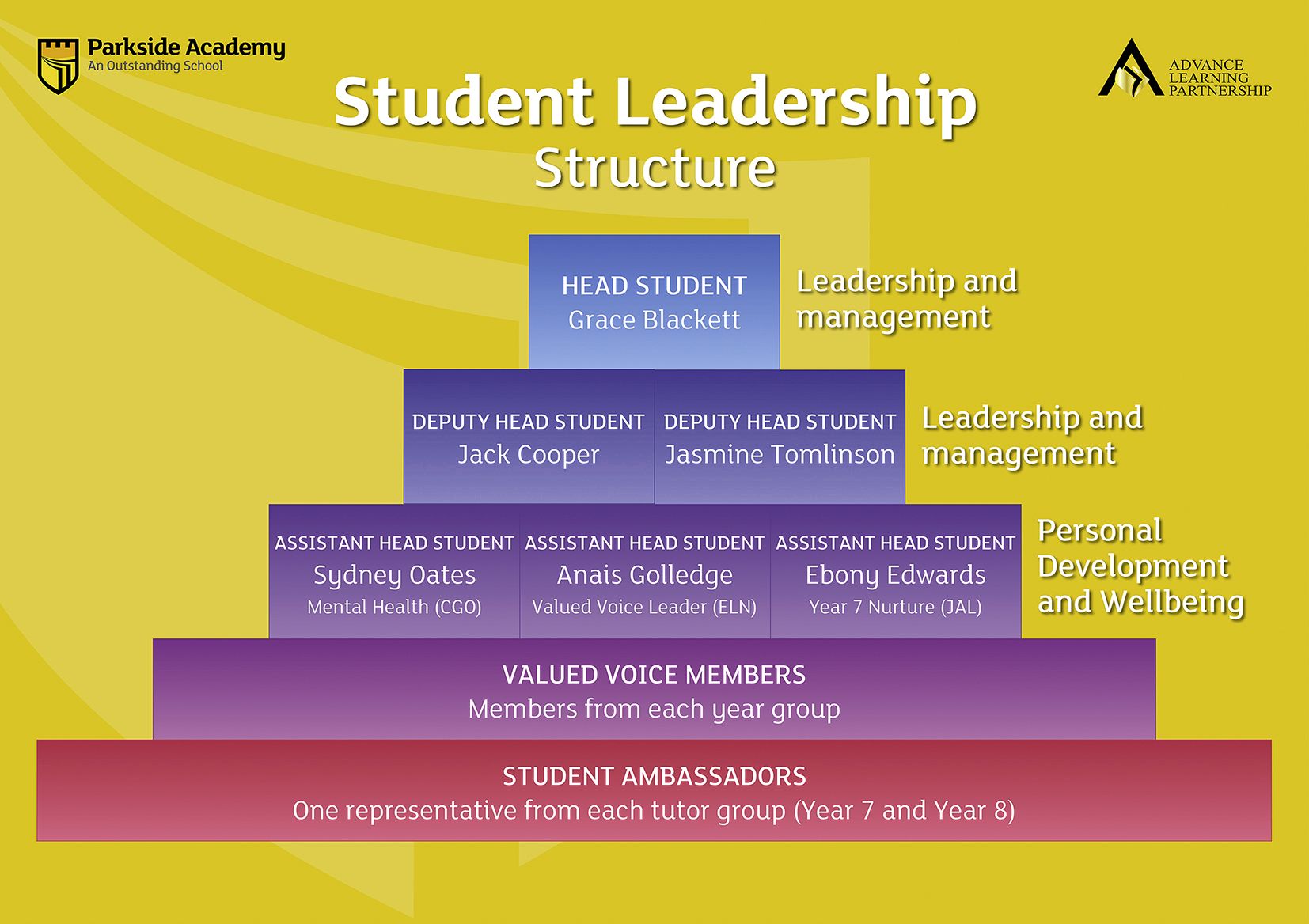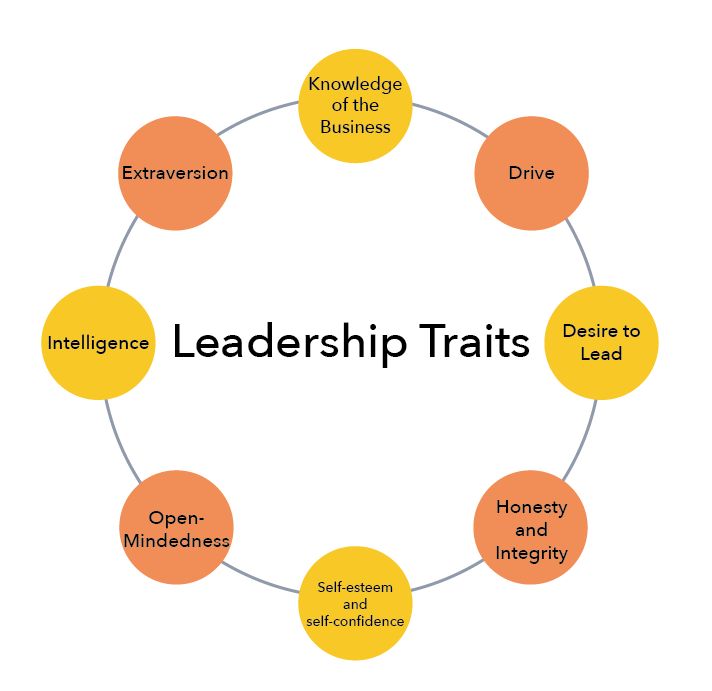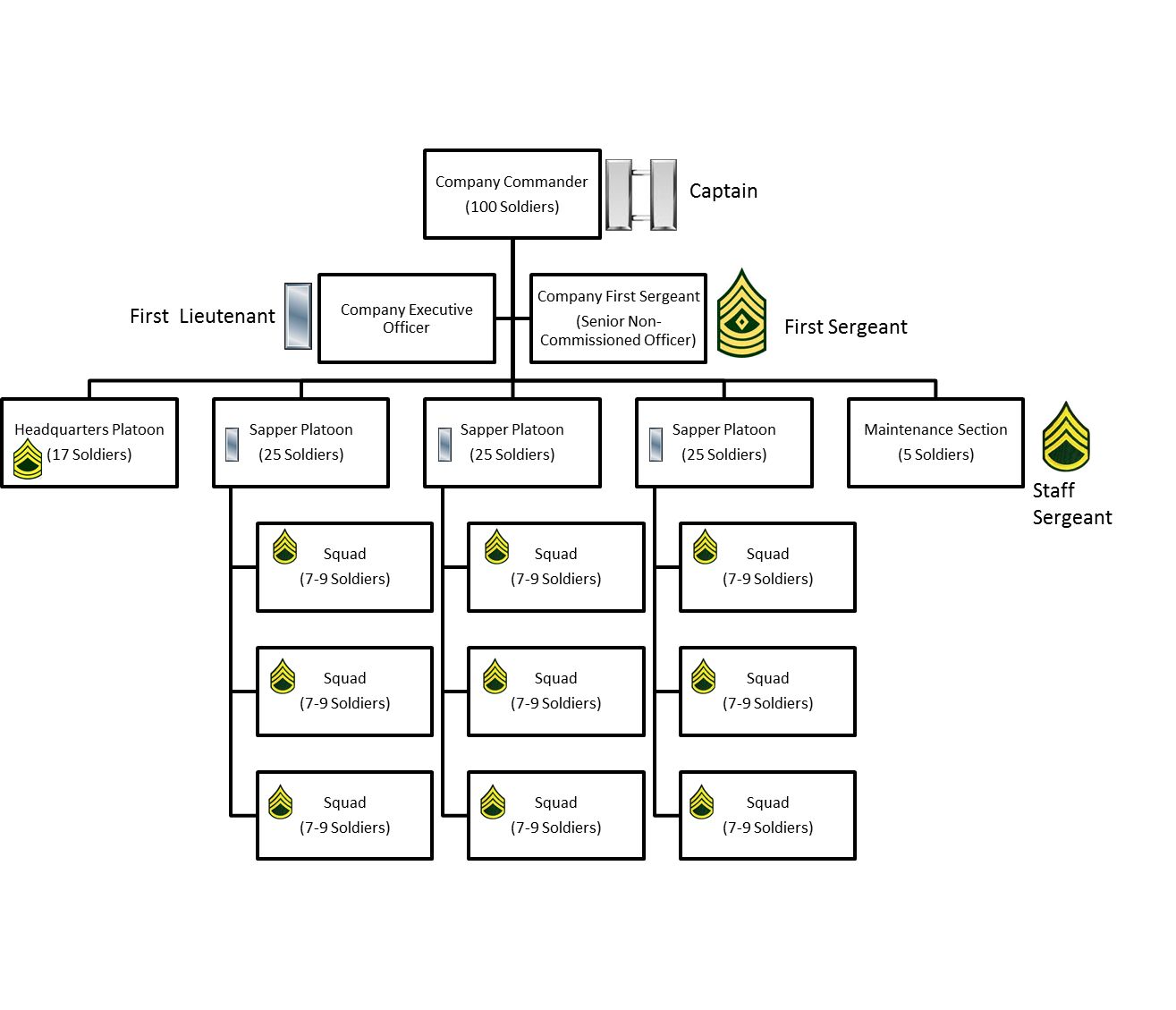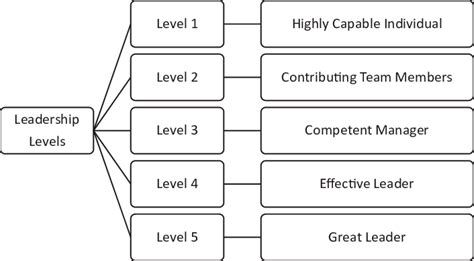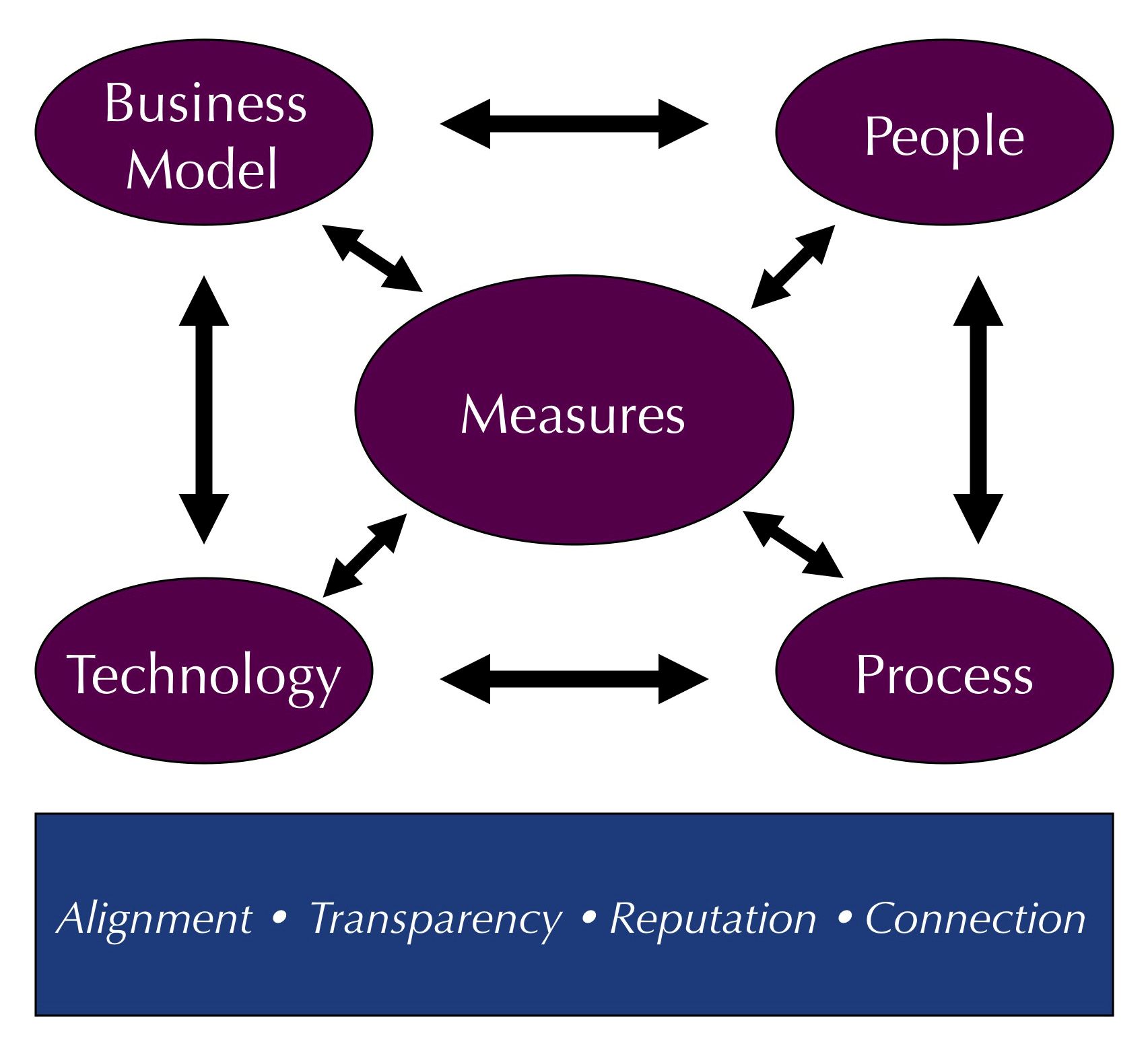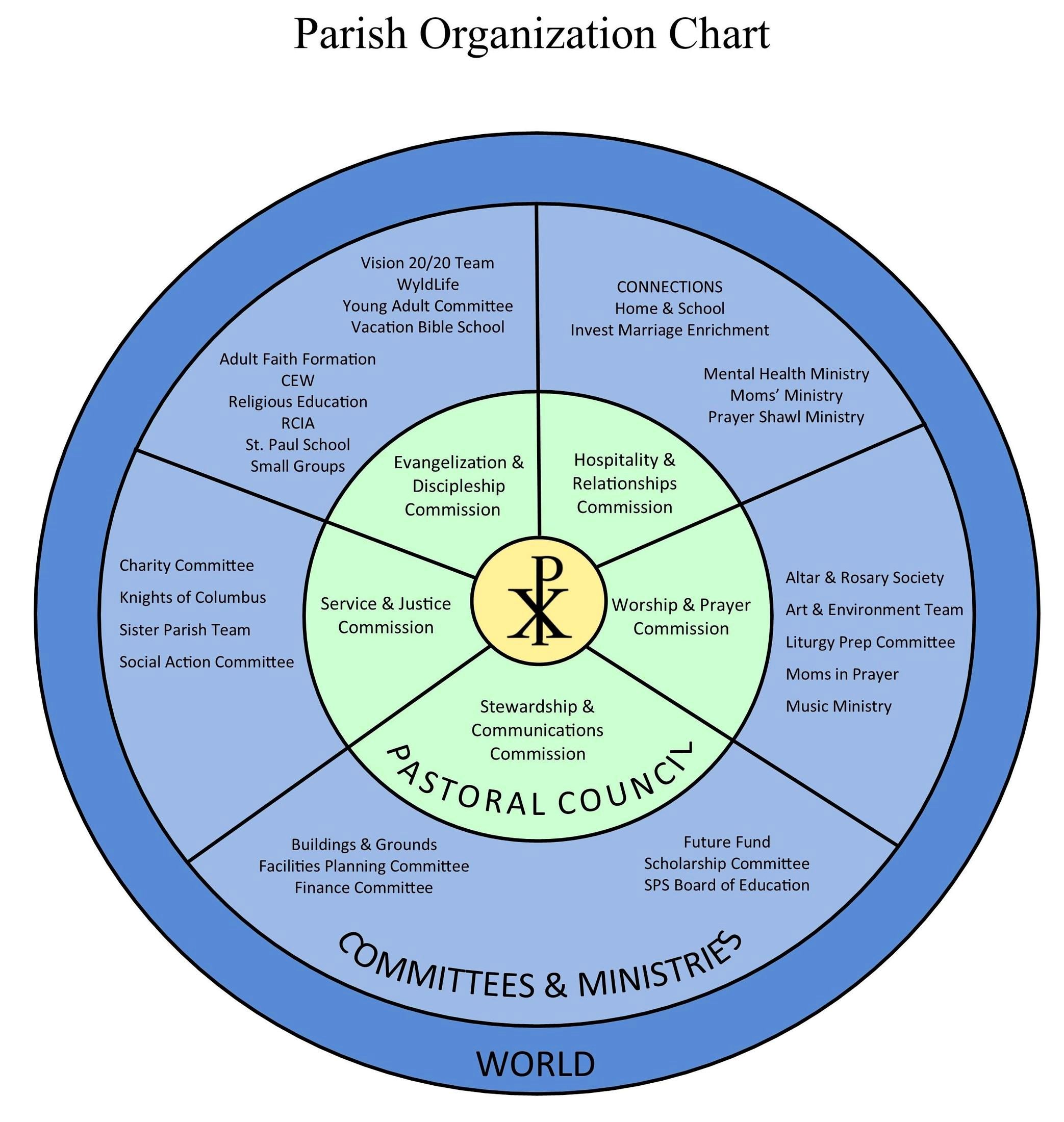The Supervisor Development Program prepares you to manage team performance, get results, promote best practices and face new challenges as they arise. A self-paced online course that introduces your new role and key responsibilities, including leadership and managing a team.
The Supervisor Development Program prepares you to manage team performance, get results, promote best practices and face new challenges as they arise. A self-paced online course that introduces your new role and key responsibilities, including leadership and managing a team.
There is no cap to building leadership and supervisory skills; there will always be a way to build on them. Training and development should be a continual process across all levels of employment and all departments. New technologies and innovations constantly take place and you want your workforce to be equipped and prepared to handle the changes.
